Special Report
20 Ways to Make Your Summer More Environmentally Friendly

Published:

After the year we’ve all had, summer is probably on many people’s minds. While it may be the favorite time of the year to many, it’s not necessarily the best time for our planet. As temperatures rise, so do our energy and water use, as does our carbon footprint. But there are ways we can combat this stressful time of year for our planet. With some simple steps — from what you eat to how you vacation and do your household chores — it’s easy to be eco-friendly and still have a fun summer.
In honor of Earth Day this year, 24/7 Tempo compiled a list of 20 ways you can make your summer more environmentally friendly after reviewing information from several sources online, including the U.S. Department of Energy, Consumer Reports, and study reviews in Scientific American.
It is not possible to offer an exhaustive list of things you can do to help protect the environment, but here is a short list of relatively easy things you can do to shrink your carbon footprint, lead to more green actions, and initiate change on a larger scale. On a state level, some states are much further along than others — these are America’s most and least environmentally friendly states.
Click here to see ways to make your summer more environmentally friendly.
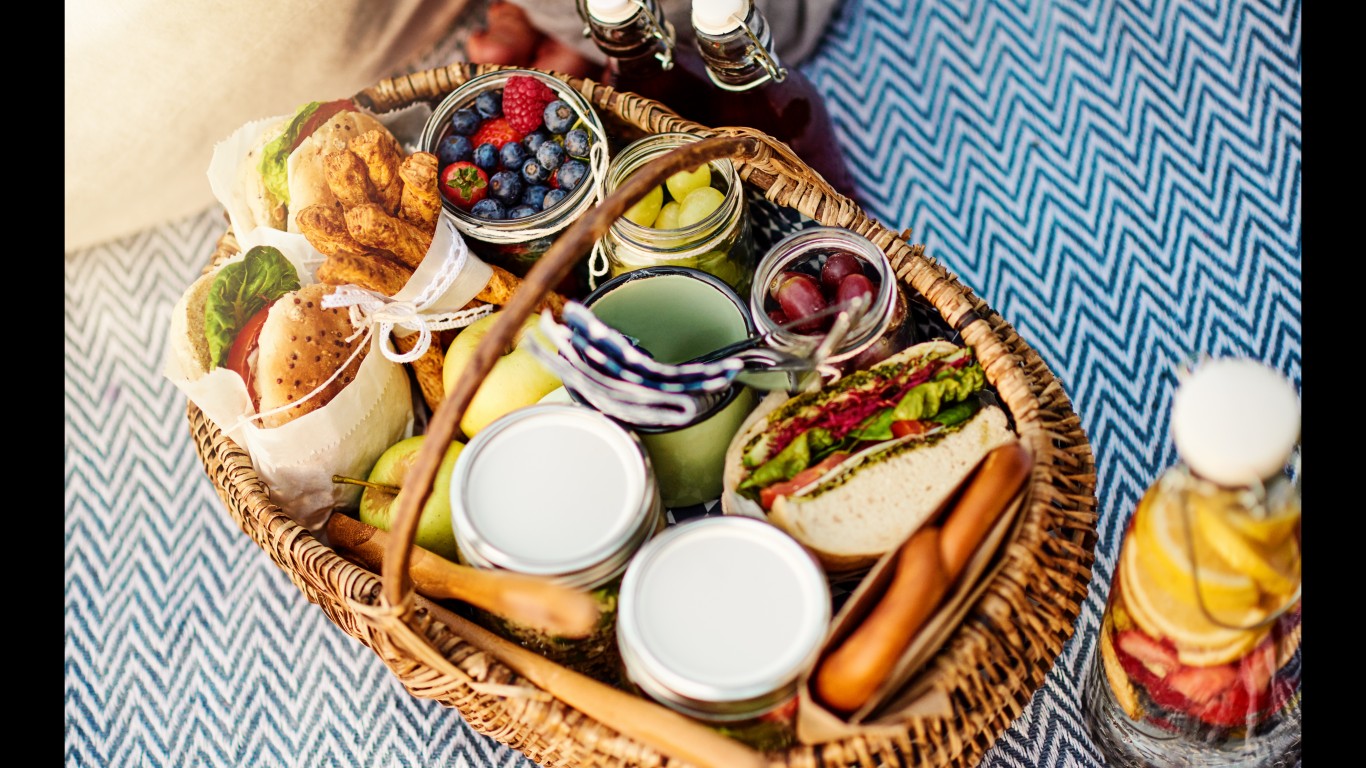
1. Avoid disposable products for outdoor cookouts and picnics
Using disposable plates, utensils, cups, and napkins may be a good choice for easy cleanup, but not when it comes to the environment. Summer brings with it numerous opportunities — from picnics to days at the beach to the classic BBQ — to use disposable eating tools. By making some minor changes to your next get-together, however, you can have a big impact on the Earth — and without giving up entirely on the convenience. Instead of plastic disposable products, you can use compostable disposable plates, wooden utensils, silicone cups, compostable trash bags, and reusable food wraps made from beeswax.
[in-text-ad]

2. Use reusable water bottles instead of disposable ones
As the temperatures rise, so does our need to stay hydrated, and in many cases so does our carbon footprint. It may be easier to just buy a bottle of water from the corner store, but all those disposable plastic bottles can take a toll on the wallet — and more importantly — the planet. Disposable plastic bottles produce almost 3 billion pounds of waste each year in America, impacting wildlife, air quality, and water supplies. With so many environmental and health benefits to stay hydrated, there are nearly unlimited options for water bottles on the market today — from chemically safe BPA-free plastic — to glass and stainless steel versions.

3. Shop second hand
Garage and yard sales are popular in summer, and it’s also a good time to find a new home for your own clutter. Buying second hand is good for the environment. Fewer new items are being produced, which results in less water used, reduced waste, and fewer carbon emissions, according to a 2016 study.
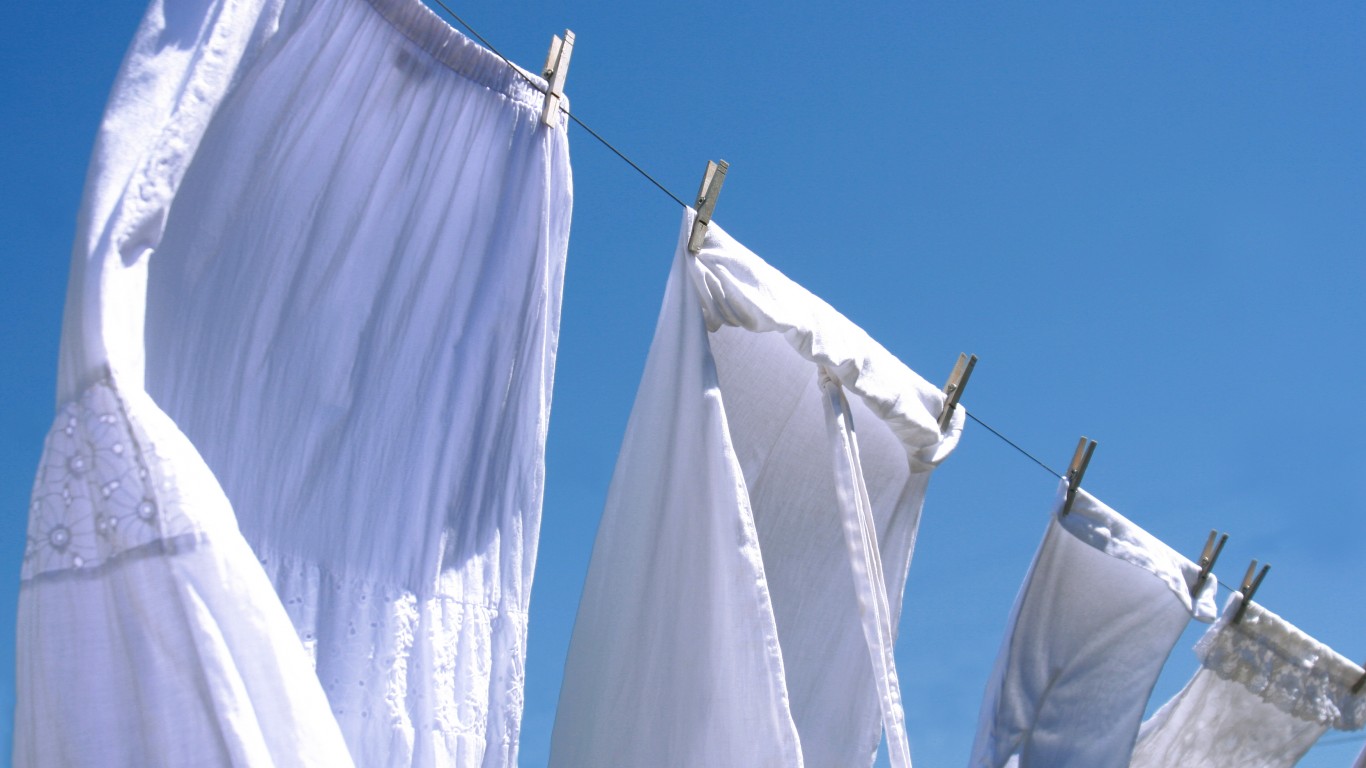
4. Clothesline dry laundry in summer sun
Hanging your laundry out to dry instead of using the dryer not only conserves energy and saves on your electric bill, but also has other benefits as well. Using a clothesline can save over $200 per year on your utility bills. The Department of Energy estimates that 4% of electricity used in the average home goes to drying laundry. For a better estimate, check out Energy.gov’s appliance and electronic energy use calculator. Reducing dryer use also has the added benefit of reducing the wear and tear on your clothing. Sunlight can even help bleach and disinfect laundry. And as an added bonus, you get to spend more time outdoors in the process.
[in-text-ad-2]

5. Pull down your shades during hot summer days
In the summer, we use different ways to cool our homes such as fans and air conditioning systems. But effective window coverings can go a long way towards lowering our energy use and our electric bill. During the higher temperature months, “76% of sunlight that falls on standard double-pane windows enters to become heat,” according to the Department of Energy. Some of the best options for keeping the sun out are drapes with a closed or open weave in a medium color, with a white plastic backing. The drapes should be hung as close to the window as possible. Shades also need to be mounted as close to the glass as possible within the window frame, and drawn all day. Awnings can reduce solar heat by up to 65% on south-facing windows and 77% on west-facing windows, and they work best in light colors.

6. Eat less meat
Eating less meat may not only contribute to better overall health, but it is also good for the planet. A 2009 study found that 80% of the Amazon’s deforestation is linked to cattle ranching. More research, by University of Minnesota, published in the journal Nature, found evidence that our meat-eating habits contributes to deforestation, as well as greenhouse gas emissions and water shortages. But to make a big enough impact, the average person would need to eat 90% less pork, 75% less beef, and half the number of eggs they normally consume, according to the University of Minnesota researchers. If this reduction is too much, then a more modest recommendation is two 5-ounce servings of meat per week. Summer, with its abundance of fresh fruits and vegetables, is the perfect time to start.
[in-text-ad]
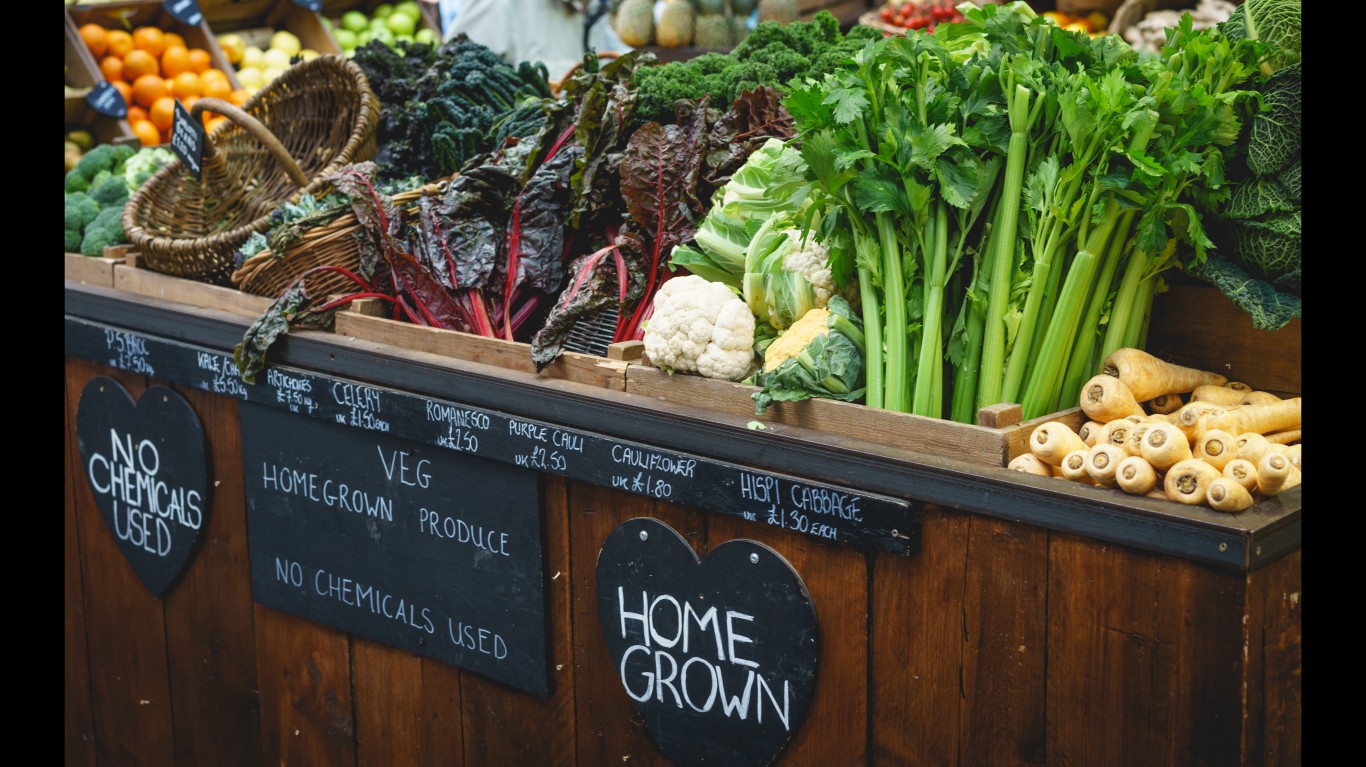
7. Eat local
Farmers markets and seasonal produce hit their peak during the summer. They are also a great way to eat healthy, while helping the environment. Unlike food you may find at the grocery store, eating locally will reduce the amount of energy spent to transport the goods. It’s estimated by the Council on the Environment of New York City that it takes 435 fossil-fuel calories to fly a 5 calorie strawberry from California to New York. Eating organic also minimizes the impact on the environment by reducing the amount of chemicals that could contaminate the water or soil.

8. Compost
About 30% of what we toss can be composted instead of ending up in landfills. When composted, food scraps and yard waste enriches the soil and reduces the need for chemical fertilizers. It also reduces our carbon footprint by lowering methane emissions from landfills. The two categories of compost include browns (such as dead leaves, branches, and twigs) and greens (such as grass clippings, vegetable waste, fruit scraps, and coffee grounds). For a complete list of what to compost and what not check out the EPA’s website.

9. Walk and bike more
Motor vehicles are responsible for close to 80% of carbon monoxide and 55% of nitrogen oxide emissions in America, according to the Healthiest State Initiative, a nonprofit organization working towards making Iowa the healthiest state in the country. As traffic continues to grow, our air quality will continue to decline. One way to combat this problem is to walk and bike more, especially considering that one-quarter of car trips are less than 1 mile in length. Summer is the perfect time to take up these environmentally-friendlier transportation methods, and they are also a great way to get exercise and positively impact your health.
[in-text-ad-2]

10. Find creative ways to conserve water
There are numerous ways to conserve water every day, from taking shorter showers to fixing leaking faucets. But there are ways that you may not be thinking of to save more H2O. This summer and beyond, you can get creative by collecting the water you use while rinsing fruit and vegetables to water your plants and shrubs. The same can be done with the old water your pet didn’t drink when you give it new water. Our lawns can turn brown in the summer, but it’s often wasteful to keep watering them to stay green. When the kids want to beat the heat, why not use the sprinkler to hydrate the lawn as well? Use the same idea to wash your pets outdoors on a brown patch of grass.

11. Use reef-friendly sunscreen
As much as 6,000 tons of sunscreen are estimated to wash into coral reefs every year. Hawaii, Key West, Florida, and some retailers are banning sunscreens with certain chemicals, typically oxybenzone and octinoxate, that studies have shown can be harmful to reefs. Sunscreens without these ingredients are now being labeled as “reef-safe.” Of course, other chemicals in approved sunscreens could still be harmful to marine life. The safest bet is to cover most of your body with UPF (ultraviolet protection factor) clothing and put the reef-safe sunscreen on any remaining skin.
[in-text-ad]

12. Volunteer to clean beaches
There may not be a better place to spend the summer than the beach, but there could be a better way to spend your time there. If you’re looking to soak up some rays and beautiful scenery while helping the planet, then volunteering for a beach cleanup could be for you. Environmental groups, civic organizations, and parks departments organize beach cleanups throughout the year. Just search for one in your local area to take part. People can also collect trash from beaches if an organized opportunity isn’t available.
One of the biggest efforts to clean up beaches, the International Coastal Cleanup, started more than 30 years ago. On Sept. 21, 2019, communities will come together to collect and document trash on our beaches. This effort has helped us better understand how we are polluting our oceans and has prompted some global brands to reduce plastic waste.

13. Use reusable straws
With summer’s higher temperatures come cravings for cold drinks — from iced coffee to pressed juices — making it the perfect time to try out a reusable straw and help save the planet. There are many options on the market, made from bamboo, silicone, glass, and more, and in several shapes and sizes. Or drink straight from the glass.
It’s estimated that Americans use 500 million straws each day, and that up to 8.3 billion plastic straws pollute the world’s beaches. The movement to ban their use is growing as more cities and corporations ban or phase them out. Though in reality straws only make up 0.025% of plastic floating in the ocean, the reason behind the ban partially comes from the ability to replace them with something else.

14. Wear eco-friendly sunglasses
Sunglasses can range from no-name cheap shades to designer brands that cost more than some people’s rent. But no matter the price, most pairs are not environmentally friendly. They are made of plastic, metal, paint and other materials that are near impossible to recycle and will spend forever in a landfill. To combat this waste, companies are making sunglasses that are eco-friendly and even socially conscious. Some pairs are made from recycled materials, such as fishing nets, reused ocean plastic, old skateboards, and vintage records.
[in-text-ad-2]
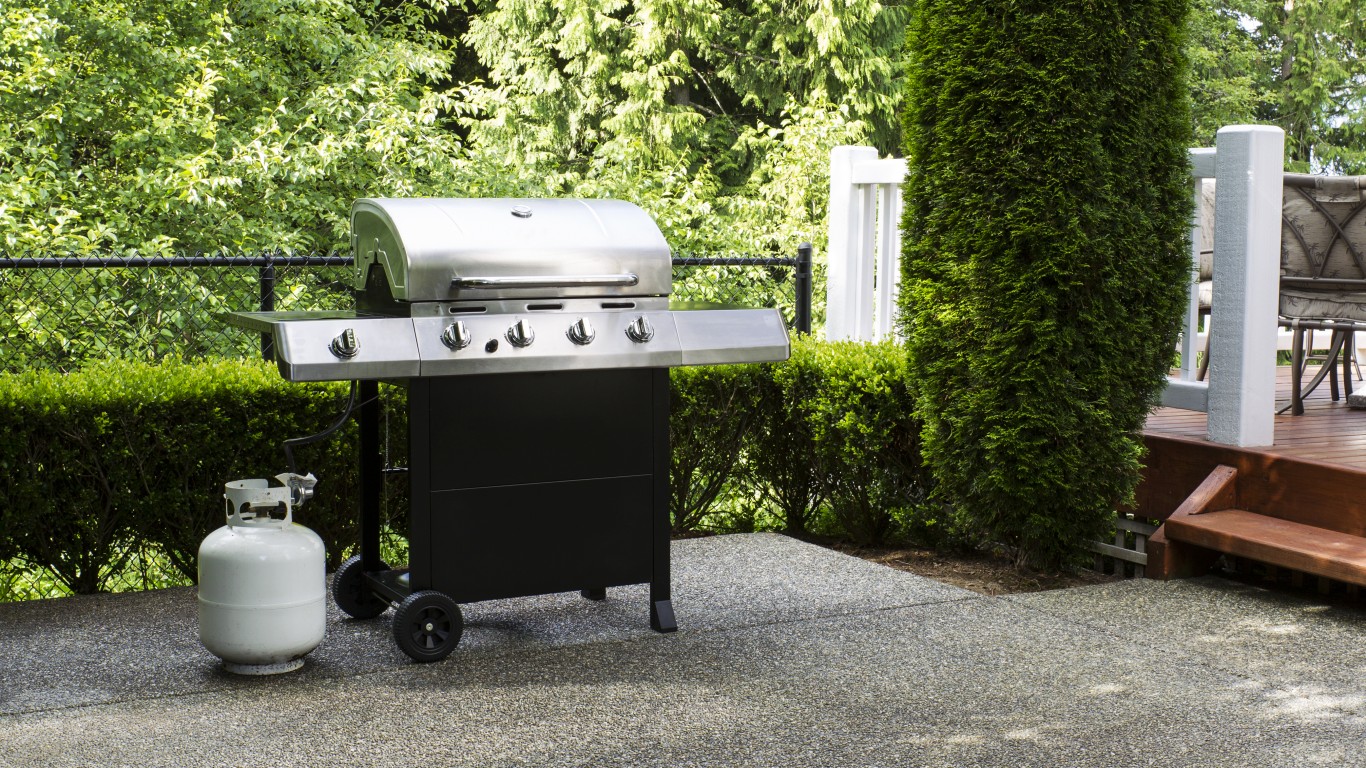
15. Choose a propane grill
Charcoal grilled burgers may taste great in the summer, but they’re not the most environmentally-friendly way to have a BBQ. When it comes to air pollution, charcoal can’t compare to liquid propane or gas grills, which also serve as a way to conserve energy compared to cooking inside with an oven in a hot summer kitchen. If you are looking for a more eco-friendly option, then use an electric grill powered by a renewable energy source, such as solar or wind. There are also pellet grills on the market that let out limited emissions. These grills run on compressed pellets of scrap wood that would have otherwise been discarded.
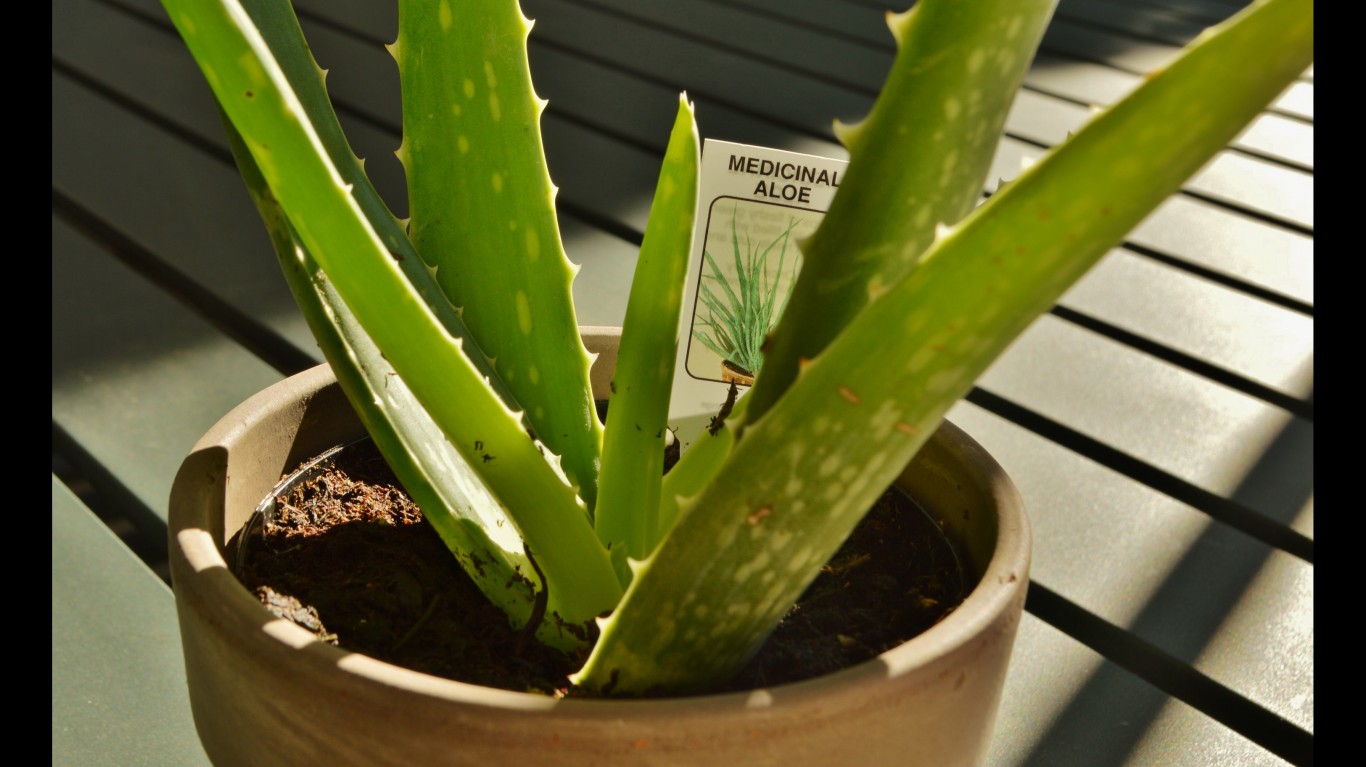
16. Try natural products for your summer remedies
Two of the biggest summer nuisances are excessive sweat and swarming insects. But some of the remedies are not great for the environment. Although aerosol cans are not as dangerous for the ozone as they once were in the late 1970s, they can still leave a carbon footprint. Deodorant spray contains hydrocarbons and/or compressed gases that can contribute to global warming.
If you are looking to avoid chemicals when repelling mosquitoes, then there are plenty of natural products on the market as well. You can also try natural ingredients, such as lemon eucalyptus oil, cinnamon oil, citronella oil, and tea tree oil, to repel mosquitoes.
[in-text-ad]
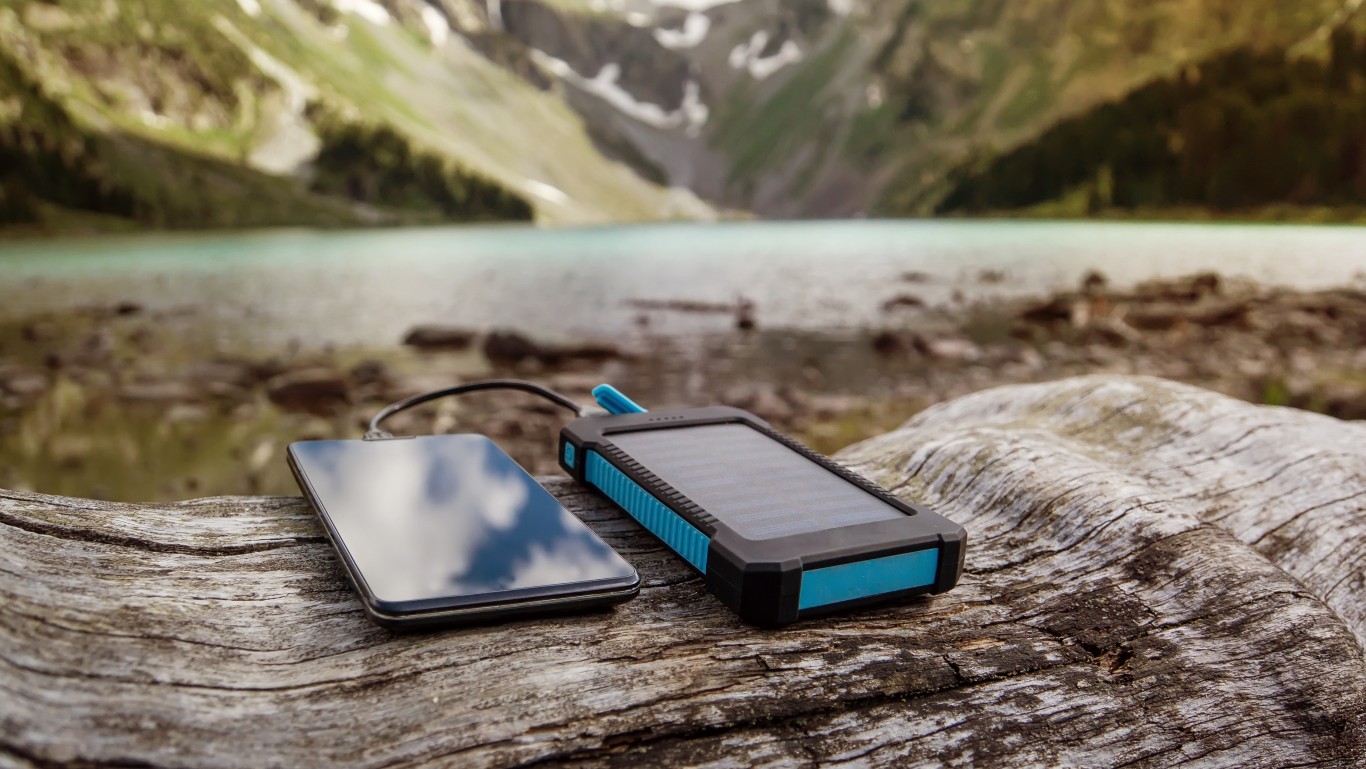
17. Unplug electronics when you are out and try solar power chargers
Unplugging during the summer — or going on a digital detox — is a good way to destress and can even improve your health, but another type of unplugging can also help the environment. Beyond just turning off electronic devices when they’re not in use, unplugging them can also save energy and money. The average U.S. household has 40 products that are constantly plugged in, using as much as 10% of a home’s energy and costing over $100 each year. Power strips make it easier to turn off most electronic devices when not in use.
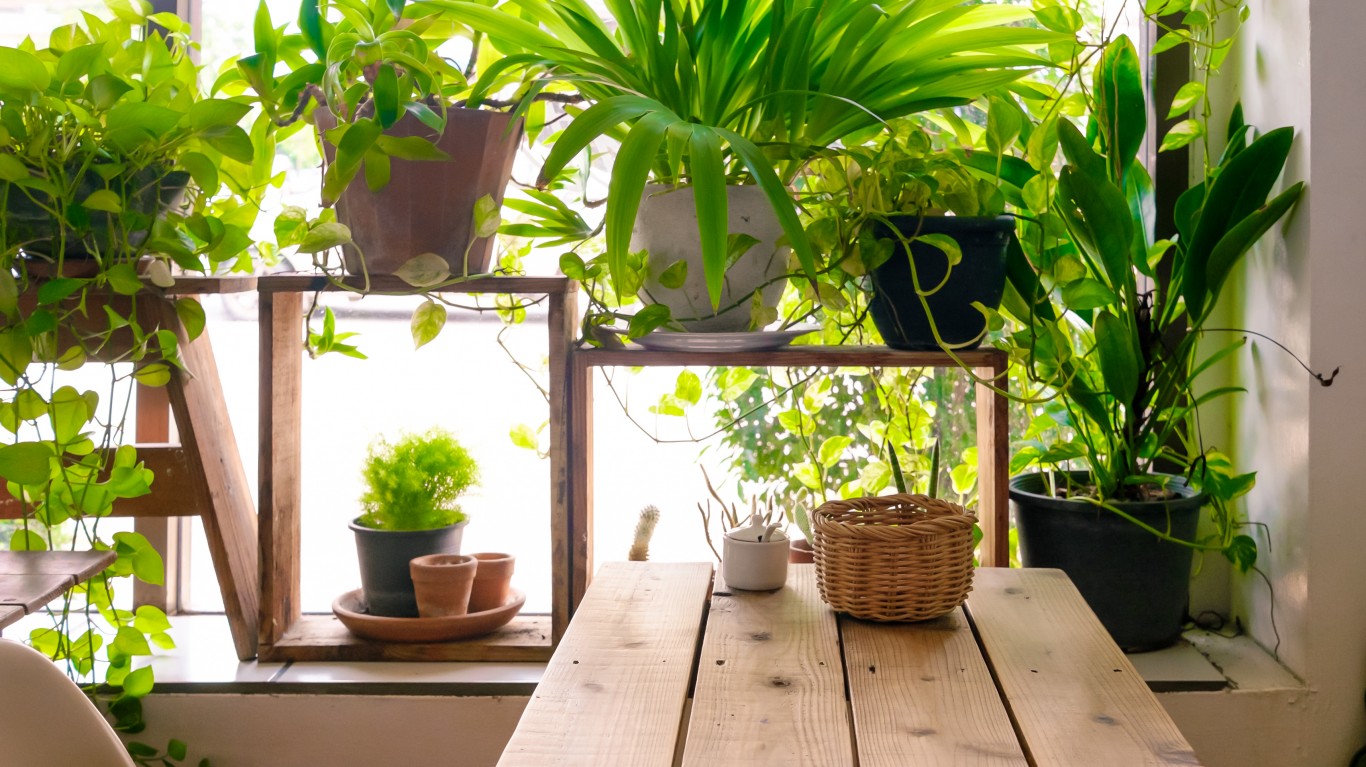
18. Use indoor plants as natural air purifiers
Though this one may not have benefits just in the summer, but year round, bringing nature indoors is not only pleasant, but provides also several health benefits, such as lowering stress and improve happiness. And though many champions of house plants have claimed they also help purify the air, more recent and comprehensive studies show this may not be the case. Regardless, some natural green and other colors indoors can only do good.

19. Save on your electricity bill by letting in natural daylight
Letting in too much sunlight may contribute to overheating homes, but finding the right balance of letting in daylight from windows — but not direct sunlight — can reduce the need for artificial lights. Using natural daylight can save on electricity and help the planet. The Department of Energy says energy-efficient windows and good lighting design can go a long way, and to consider them when building a new home. “North-facing windows admit relatively even, natural light, producing little glare and almost no unwanted summer heat gain,” according to the DOE. Skylights are also a great way to let in light without sacrificing privacy.
[in-text-ad-2]

20. Take an eco-friendly summer vacation
Two-thirds of all family travelers will head out on a summer vacation this year, according to AAA. While travelling is no doubt fun, it can also leave a large carbon footprint. With the planet in mind, more vacationers are finding ways to make their getaways environmentally friendly. They may even choose an eco-tourism centric destination, such as in British Columbia, Canada or Costa Rica. But anyone can make their vacation more sustainable by following some simple tips. For example, you can find an environmentally-friendly form of transportation to arrive and get around your destination; choose an energy-efficient hotel; stay away from damaging recreational activities; and conserve water and energy use.
The thought of burdening your family with a financial disaster is most Americans’ nightmare. However, recent studies show that over 100 million Americans still don’t have proper life insurance in the event they pass away.
Life insurance can bring peace of mind – ensuring your loved ones are safeguarded against unforeseen expenses and debts. With premiums often lower than expected and a variety of plans tailored to different life stages and health conditions, securing a policy is more accessible than ever.
A quick, no-obligation quote can provide valuable insight into what’s available and what might best suit your family’s needs. Life insurance is a simple step you can take today to help secure peace of mind for your loved ones tomorrow.
Click here to learn how to get a quote in just a few minutes.
Thank you for reading! Have some feedback for us?
Contact the 24/7 Wall St. editorial team.